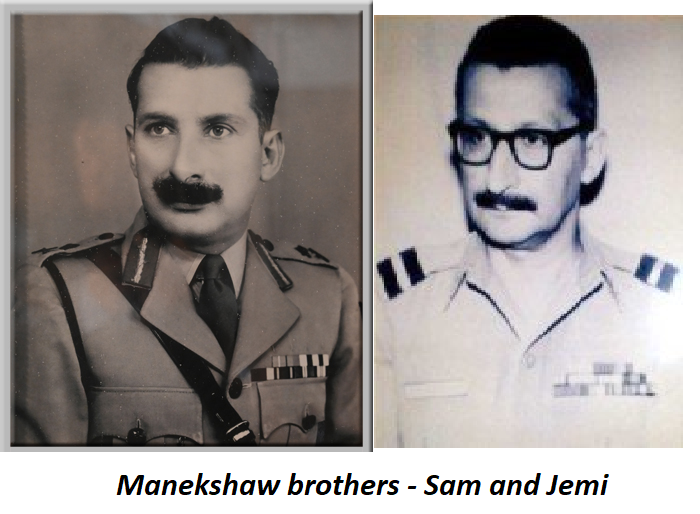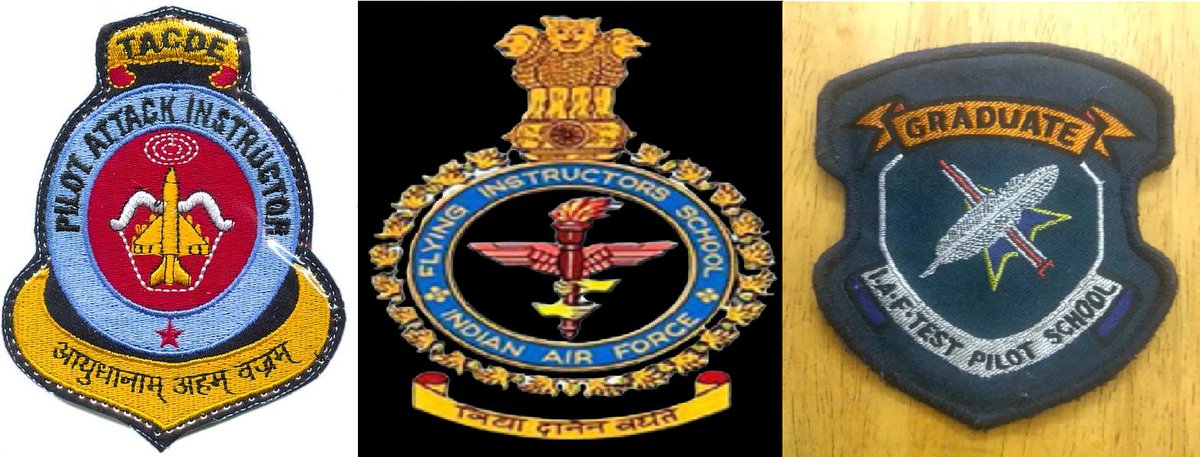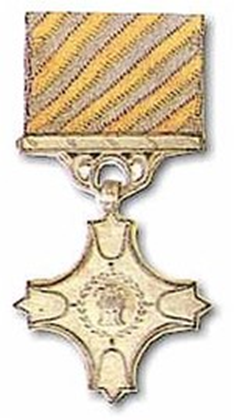
General Manekshaw, but this one was with the @IAF_MCC ! Air Vice-Marshal Jemji Harmusji Framji Manekshaw, was the younger brother of the great Sam Manekshaw. And he too served with distinction, pioneering aviation medicine in India. This is his short story #IAFHistory (1/9) 

Born on 28 Oct 1916, Jemi was 2 yrs younger than Sam & as Sam went to Sherwood. He joined the Medical Corps in Feb 1943 & was trf to IAF in July (33rd Med offr to join IAF). Posted to 4 Sqn during WW II, he saw active service in the Arakan offensive against the Japanese. 2/
At the time of independence, as an Sqn Ldr, he commanded the oldest Medical unit in the IAF - The medical trg center then situated at Pune. The centre is now in Bangalore and is the premier trg institute for medical & nursing assistants. Jemi though had to move on soon. 3/ 

He served as Senior Med Offr of No. 1 Op Group during the Kashmir Ops in 1948 & was the first to organize air transportation of sick and wounded. He modified the Dakota ac by installation of portable oxygen eqpt, enabling high altitude air evacuation. 4/ 

In 1948, he was selected for training in Aviation Medicine at US Naval Aerospace Medical Institute. After completion of this advanced course, he was selected to undergo flight training where he won the Wings of a Flight Surgeon. He would fly 700 hours in his career 5/
After a series of postings at units/Commands, Jemi was sent in 1961 as Deputy Air Adviser (Medical) to the High Commission in UK, where he helped resolve aero-medical problems, which were being experienced by aviators due to the induction of high performance ac 6/
Jemi's biggest contribution to IAF remained his 3 postings across 7 years as Commandant of the Institute of Aviation medicine, furthering the cause of this unique medical science in India. he incidentally served as Cmdt as 4 ranks - from Sqn Ldr to Air Cmde 7/. 

Awarded the AVSM in 1971, he was appointed as Director of Medical Research in March 1973 in the rank of Air Vice Marshal, the highest rank a Medical officer could hold in those days, and retired a couple of years later. Aged 82, he pre-deceased his elder brother Sam in 1998. 8/
Sam remained ever so proud of his younger brother for the service rendered to the medical-military fraternity, following the footsteps of their former military-doctor father. Sam often shared this with his personal physician Major General B.N.B.M. Prasad in his twilight years. 9/
Sam and Jemi in an animated discussion at the Institute of Aviation medicine (IAM) in Bangalore. Jemi is seen as a Gp Capt, so this picture is likely taken between 1967-71, prior to the 71 war. Credit for sharing pic to @drdgaur 10/ 

• • •
Missing some Tweet in this thread? You can try to
force a refresh


















